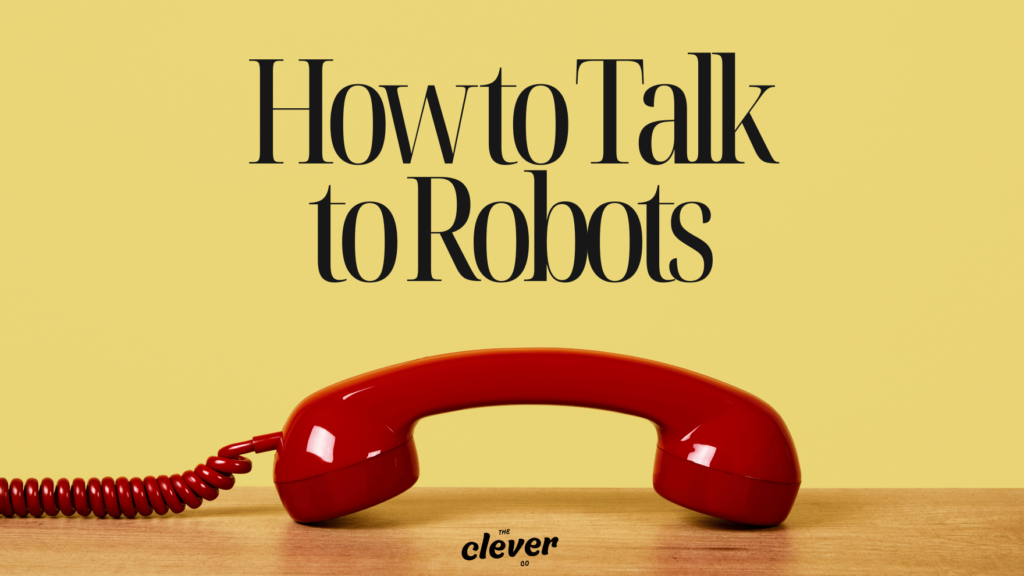Learn how to manage your content calendar like a pro and keep creativity alive.
Let’s face it: running a small content marketing team can feel like herding cats while juggling flaming torches. You’re expected to produce a steady stream of high-quality content, keep up with the latest trends, and somehow find time to breathe. It’s enough to make you want to throw in the towel and become a professional beach bum.
But here’s the thing: it doesn’t have to be chaos. With the right strategy and a bit of structure, you can turn your content creation process from a daily fire drill into a well-oiled machine. In this post, I’m going to break down exactly how to structure your week for maximum efficiency and minimal hair-pulling. No fluff, no BS – just practical advice from someone who’s been in the trenches.
Establishing Your Content Baseline
Start with Strong Foundations
As a small content team, you can’t afford to wing it. You need a clear baseline of what content absolutely must get out the door to keep your audience engaged and your business running.
These are your non-negotiable content outputs. Maybe it’s a weekly blog post, a couple social media updates, and a newsletter. Whatever it is, define it upfront and make it realistic. Don’t set yourself up for failure by overcommitting.
Your content is a promise to your audience. A promise to show up, to provide value, to be there consistently. So make that promise, but make it one you can keep.
Consistency is your secret weapon as a small team. You may not have the resources to churn out content daily, but you can show up every week like clockwork. Train your audience to expect and anticipate your content. That’s how you build trust and credibility over time.
The Weekly Content Engine: Making the Donuts
Your Daily Delivery Game Plan
You’ve got your content commitment nailed down. Now let’s break down what an ideal week looks like to deliver on that promise like a well-oiled machine.
Monday: Mapping Out the Madness
Monday mornings are for getting your ducks in a row. Start with a quick team huddle to review the content calendar for the week. This isn’t a long, drawn-out affair – 15 to 30 minutes max. Just enough to get everyone on the same page.
Look at what content is slotted for the week, make sure you’re not doubling up on topics or channels, and divvy up the tasks. Everyone should walk away knowing exactly what’s on their plate for the week.
A simple spreadsheet or Trello board works wonders here. Some people love fancy content planning tools, but I believe the best system is the one you’ll actually stick with. Keep it simple.
Tuesday-Thursday: Roll Up Your Sleeves
Tuesday through Thursday is all about head-down content production mode. This is when you’re writing, designing, editing, and getting content ready for primetime.
One tip that’s been a game-changer for our team is to think in terms of content repurposing from the start. When we’re creating a meaty blog post, for example, we’re also thinking about how to slice and dice that into social posts, newsletter snippets, maybe even a short video script. Repurposing isn’t about being lazy – it’s about being efficient and getting the most mileage out of every piece of content.
We also build in time for quality checks and peer reviews during this part of the week. It’s a chance to make sure we’re hitting the mark, that the content is aligned with our goals and brand voice. But we don’t belabor it – we aim for “good enough” rather than “perfect” so we can keep things moving.
Friday: Wrap-Up and Ready
Fridays are for tying up loose ends and getting set for the following week. We do a final round of edits and approvals, make sure everything is scheduled and ready to publish, and take a quick peek ahead at what’s coming up.
The goal is to end the week with a clean slate and a clear head. Nothing should be hanging over anyone’s head heading into the weekend. I’m a big believer in work-life boundaries and avoiding the dread that comes from leaving things unfinished.
Balancing the Routine with Campaigns and Initiatives
When Routine Meets Revolutionary
I know what some of you overachievers are thinking – what about those big, creative campaigns? The ones that shake up the status quo and make a splash? How do you fit those in amongst the weekly grind?
The key is to treat them like any other project – break them down into manageable chunks and fit them into your weekly workflow. Easier said than done, I know. But it’s doable with a little planning and prioritization.
One framework I love for this is the concept of “Rocks, Pebbles, and Sand.” Your routine content production is the sand – it fills in all the gaps and keeps things moving. Your campaign work is the pebbles – they’re important, but not urgent. And then you have your Rocks – the big, strategic initiatives that move the needle for your business.
The trick is to slot in your Rocks first, then let the pebbles and sand fill in around them. Maybe that means dedicating a chunk of time each week to campaign work, or maybe it means setting aside a full week every month or quarter to focus on a bigger project. The point is, it’s not an either/or proposition. With a little forethought, you can balance the routine with the revolutionary.
But here’s the key – don’t let the shiny objects derail your core content commitments. It’s all too easy to get swept up in a big idea and let your regular content slide. Resist that temptation. Your audience is counting on you to show up consistently, campaign or no campaign. Don’t let them down.
Embracing Technology for a Streamlined Workflow
Small Team, Smarter Tools
As a small content team, you can’t afford to be bogged down by clunky processes and endless manual tasks. That’s where technology comes in. The right tools can supercharge your productivity without adding complexity.
First up, artificial intelligence (AI). I know, I know – AI is the buzzword of the decade. But hear me out. AI tools like GPT-4o can be a gamechanger for content ideation and drafting. They’re not replacing human writers anytime soon, but they can give you a head start. Use AI to generate blog post outlines, social media post ideas, even rough drafts. Then put your human touch on it to make it shine.
Project management tools are another must-have. When you’re juggling multiple pieces of content across different channels and team members, you need a central hub to keep it all straight. Trello, Asana, Monday.com – pick your poison. The key is to find a tool that’s intuitive for your team and actually helps you stay organized, not just adds another layer of busywork.
And don’t sleep on analytics. I’m not talking about vanity metrics like follower counts. I’m talking about real data that tells you what’s resonating with your audience and what’s falling flat. Most social media platforms have built-in analytics these days. Use them. See which posts are getting the most engagement, which topics are driving the most traffic to your site. Then do more of what’s working and less of what’s not. Simple as that.
Measuring Success, Avoiding Burnout, and Iterating
Watch, Learn, Adjust
Speaking of analytics, let’s talk about how to actually measure the success of your content efforts. It’s not just about churning out X number of posts per week. It’s about making sure those posts are moving the needle for your business.
Start by defining your key performance indicators (KPIs). What does success look like for your content? Is it email sign-ups? Sales? Engagement? Pick a few north star metrics and track them religiously.
But don’t just set it and forget it. Schedule regular check-ins to review your KPIs and see what’s working and what’s not. Maybe those witty tweet threads aren’t getting the traction you hoped for. Maybe your long-form blog posts are driving tons of organic traffic. Use that data to continually refine your strategy.
And for the love of all that is holy, don’t burn yourselves out in the process. Burnout is real, and it’s the nemesis of creativity. Build in breaks, celebrate the small wins along the way, and most importantly, remember that your worth is not defined by your content output.
One framework I love for avoiding burnout is the “unschedule.” Instead of scheduling every minute of your day, start by blocking off time for the non-negotiables: sleep, meals, exercise, family time, etc. Then fit your work around that. It’s a subtle mindset shift, but it can be a game-changer for preventing burnout.
And remember, done is better than perfect. You can tweak and optimize forever, but at some point, you gotta ship it. Perfection is the enemy of progress. Embrace the idea of “good enough” and keep it moving.
Quality over quantity, but don’t paralyze yourself with perfection. The best content strategy is the one you actually stick with consistently.
Conclusion
There you have it, folks. Your blueprint for a well-oiled content machine. It’s not about working harder – it’s about working smarter. Embrace the routines, leverage the tools, and don’t be afraid to shake things up when you need to.
Remember, the goal isn’t to be perfect. It’s to be consistent, to provide value, and to keep showing up for your audience. With the right structure and mindset, even the smallest team can create a content marketing powerhouse.
Now, it’s your turn. Take these ideas, adapt them to your unique situation, and start building your ideal content week. Your future self (and your sanity) will thank you.





